Cavalier King Charles Spaniels have energetic, friendly dispositions, making them excellent family dogs. Also known as Comfort Cavaliers, Cavies, Cavs, and Cavaliers, the best insurance policy for a Cavalier King Charles Spaniel may not match that of a larger dog breed. This is why we’ve dedicated this insurance guide to Cavalier King Charles Spaniels.
Cavaliers are among the most popular dog breeds and most do well in households with or without children and other pets. Each dog is unique, and your budget isn’t the same as your neighbor’s. So we’ve compiled a list of health insurance considerations to help you find the best fit for your needs.
At 12 to 13 inches tall and weighing 13 to 18 pounds, this breed is as easily susceptible to accidents and illnesses as any other canine. And like all other purebreds, they are prone to more health concerns than most mixed breeds, making pet insurance an excellent investment consideration.
At A Glance
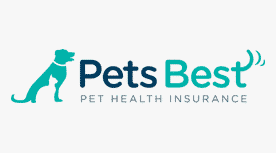
Best
Overall
Pets Best

Best For
Older Dogs
Figo

Best For Bilateral Conditions
Trupanion
Note: Clicking the above links take you to each company’s website to learn more and get a quote. If you make a purchase, we earn a commission at no additional cost to you.
Is Pet Insurance Worth It?
The short answer is yes. A survey by Liberty Mutual Insurance states that 63% of pet owners couldn’t afford unexpected medical care for their pets. Not only does pet insurance allow you to choose the best medical treatment for your pet, but it also provides stability to your finances.
The key thing to remember is to sign up for pet insurance before an emergency arises. You cannot count on coverage for your Cav’s pre-diagnosed health issues. So it’s crucial to get your dog covered as soon as possible.
Common Health Issues In Cavalier King Charles Spaniels

Cavalier King Charles Spaniels generally live 12-15 years. However, the health issues below can give you an idea of what to look for regarding symptoms and insurance coverage.
Our First-Hand Experience With Heart Issues With Cavaliers
One of our Love Your Dog readers has many years of experience caring for Cavaliers. Below, she shares her Cav’s heart condition and how pet insurance has helped.
Reports show that 10% of Cavaliers have some sort of heart condition by age 1, 20% by age 2, and an increasing risk of 10% per year until they reach age 10. Nearly 100% of Cavaliers will experience a heart condition, should they live to see their tenth birthday. It’s a sad but well-known condition for Cavalier King Charles Spaniels. And despite having parents who are “clear” of cardiovascular issues (since it’s a hereditary condition), dogs can still be diagnosed with heart murmurs at any age.
Our 2.5 year old Cavalier King Charles Spaniel came from parents without any history of cardiology issues, yet his vet detected a mild heart murmur at his annual visit and recommended that we follow up with a cardiologist who could perform echocardiograms and further testing for diagnosis.
Luckily, he has pet insurance and no previous signs of cardio issues, so it was not excluded from coverage as a pre-existing condition. We scheduled an appointment for him, and the specialist performed a couple of tests and took photos of his heart. We were shown the flow of oxygen in and out of his heart to his lungs and explained how the confirmed heart murmur could impact his overall health over time. There is no cure for any heart condition (in dogs or humans) unless you replace the heart. However, with treatment you can slow the progression.
Mitral Valve Disease (MVD)
Upon examination, if your vet hears a heart murmur in your dog, it could be due to mitral valve disease. The mitral valve is the valve between the left atrium and the left ventricle. In a dog suffering from mitral valve disease, the mitral valve is thickened and short, allowing blood to leak back into the left atrium. Over time, MVD can lead to congestive heart failure (CHF).
Diagnosing MVD includes an echocardiogram and chest X-ray. Follow-up care includes echocardiograms every six months to prevent CHF. Depending on the stage of MVD, your dog may require several medications throughout the rest of their life.
Patellar Luxation
Patellar luxation (or luxating patella) occurs when the kneecap doesn’t sit correctly and essentially floats like it is dislocated. It affects mobility, and symptoms include kicking out, hopping, and exercise intolerance. In some cases, the kneecap can slip back into place and never happen again. But usually, if it happens once, it’s likely to happen again. Surgery is often the only option to improve the quality of your dog’s life and prevent the issue from recurring.
The average surgery cost to resolve a luxating patella falls between $1,500 and $3,000 per knee. However, this price doesn’t include the cost of diagnosis, pre-surgery blood work, post-surgery treatment, and any complications they might experience along the way. If your dog requires surgery on both knees, you could face a hefty bill.
Eye Conditions
Cavies are at risk of several eye concerns, including entropion, keratoconjunctivitis sicca (dry eye), and progressive retinal atrophy (PRA).
Surgery is commonly required to entropion, which can cost $1,100 to $2,000. Surgery isn’t an option for dry eye. It can often be controlled with medication, but ultimately there is no cure.
Unfortunately, surgery and other medical intervention cannot correct PRA. Diagnosis for PRA can be costly, and adjusting your dog’s environment may be necessary, but ultimately there is no cure.
Hip Dysplasia
Hip dysplasia is a chronic condition where the head of the femur bone doesn’t fit correctly into the hip socket. This is one of the most commonly occurring orthopedic conditions in dogs and is most frequently occurring in large dog breeds.
Surgery is often needed to improve the quality of your dog’s life. And this procedure ranges from $1,700 to $4,500+, depending on the type of surgery required.
Considerations When Choosing An Insurer

Age Restrictions & Waiting Periods
Most pet insurance companies have a minimum age requirement (typically between six and eight weeks old) before allowing you to enroll your pet. And some companies cap the age at which you can sign up an older dog (14 years old is the most common, although it’s only a few companies). Additionally, some companies may exclude specific conditions from coverage if your pup is above a certain age (e.g., hip dysplasia, cruciate ligament surgery, and orthopedic disorders).
All providers have waiting periods, which are short periods at the beginning of a new policy until your pet’s condition becomes eligible for reimbursement. Keep in mind that any pre-existing conditions, accidents, or illnesses diagnosed or showing symptoms during the waiting period are excluded from coverage. The average waiting period for illnesses is 14 days, and for accidents is less than five days.
Coverage Type
There are two types of insurance coverage to choose from:
- Accident-Only – These policies offer coverage for accidents (e.g., torn ligaments, broken bones, etc.), so basically any sudden physical injury. Accident-only plans are typically more affordable than accident and illness policies. This can be a reasonable option for a pet with many pre-existing conditions.
- Accident and Illness – These policies are the most popular because they cover both accidents and illnesses (i.e., cancer, arthritis, allergies, etc.), including most unexpected medical expenses. Because no provider covers pre-existing conditions, it’s crucial to sign your pet up for coverage as early as possible.
Some companies also offer a wellness plan (aka preventative care plan) during the enrollment process. This commonly covers routine vet expenses (i.e., annual exams, spay/neuter procedures, vaccinations, etc.) but varies by provider. It’s typically available as an add-on to an accident-only or accident and illness policy, but some companies allow you to purchase it without an insurance policy. This add-on coverage isn’t technically an insurance product.
To find the best option for your Comfort Cavalier, you need to consider what type of coverage you need and your budget.
Premium: Deductible, Reimbursement & Payout Options
The fee you pay for your Cavalier’s pet insurance coverage is the premium usually paid monthly or annually. Monthly payments often add transaction fees, so if you can pay annually, it can save you a little money.
According to NAPHIA (North American Pet Health Insurance Association), the average monthly premium for an accident and illness insurance policy in the U.S. in 2022 was $53.34 for dogs. Of course, this varies for every dog and situation, including yours, so be sure to get multiple quotes from top-rated companies.
The premium is based on several factors: breed (or mix), location, age, gender, pre-existing conditions, deductible, reimbursement percentage, and payout. The beginning of the list is self-explanatory; you have a Cavalier King Charles Spaniel, and you know your zip code, your dog’s age (or best guess), gender, and medical history. But what is a deductible, reimbursement, and payout?
- Deductible – The money you have to pay before your policy begins to reimburse you. This is typically reset each policy period (annually). However, some companies have per-incident deductibles, so you must pay this amount each time your dog suffers a new condition. Each company may have its own spin on this, so be sure to understand your policy because annual vs. per-incident deductibles can impact the amount of money you’re expected to pay.
- Reimbursement – The percentage of a claim that you’re eligible for repayment by the company after you’ve paid your coinsurance. The most popular reimbursement options are 70%, 80%, and 90%, but some companies offer other options or restricted options based on the dog’s age or location.
- Payout – The maximum amount a provider will reimburse during the policy period. Lower payout limits mean you may be responsible for more costs if your pet has expensive vet treatment.
Many companies allow you to customize your plan to fit your budget. For example, a higher deductible and reimbursement percentage paired with a lower payout will lower your premium. However, it’s crucial to find a balance between what your budget allows and the worst-case scenario if your lion dog’s health takes a turn for the worst and you have several expensive vet bills to pay.
Exclusions
Exclusions refer to the conditions not covered by your policy. This can include pre-existing conditions, hereditary disorders, musculoskeletal disorders, specific dental treatment, and more.
Possibly the most significant concern regarding Cavs is that a few companies require additional waiting periods for orthopedic conditions, such as patella luxation. Because Cavaliers are at an increased risk for patella luxation, you’ll want to ensure you understand any additional restrictions for it. For these reasons, it’s crucial that you thoroughly read and understand your policy.
Who Offers The Best Policy?
Below are our top pet insurance picks for Cavalier King Charles Spaniels based on their breed-specific needs. When you are ready, we’ve made a free quote form that provides customized policy quotes from top pet insurance companies when you fill in your pet’s details. By entering your pet’s specific characteristics, you can get a better understanding of the coverage needed.
Best Overall Pet Insurance
Pets Best
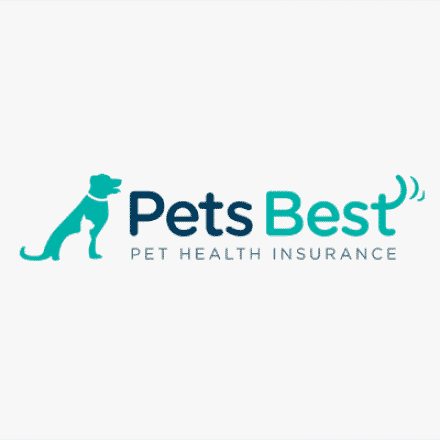
- No age limits or restrictions
- Thorough coverage
- Some of the lowest prices in the industry
- Offers an Accident-only plan
Pets Best is the best pet insurance for most Cavalier King Charles Spaniels because of its shorter waiting period for hip dysplasia (only 14 days for this common breed health concern), lower prices on average, and it has no maximum age limits for enrollment. Pets Best also has few exclusions compared to other providers, including coverage for behavioral therapies and optional wellness care.
Best Pet Insurance For Older Dogs
Figo
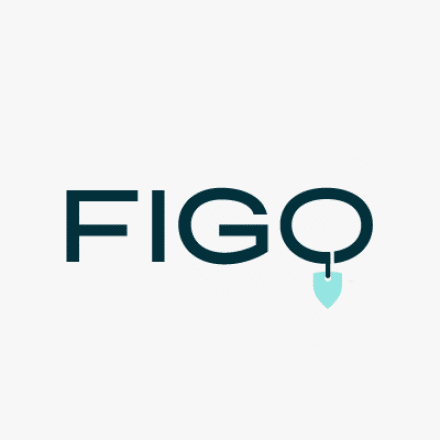
- Excellent value for money
- Offers options for 100% reimbursement and unlimited annual payouts
- Diminishing deductible decreases by $50 each year the policyholder is claim-free until it’s $0
- Coverage includes age and weight-related concerns and hereditary and chronic conditions
Best Insurance For Bilateral Conditions
Trupanion

- One of the only companies with no bilateral exclusions
- Claims can be paid in less than 5 minutes via Trupanion Express
- 90% reimbursement and unlimited payouts for all plans
- Offers enrollment from birth
Additional Options We Recommend
Embrace
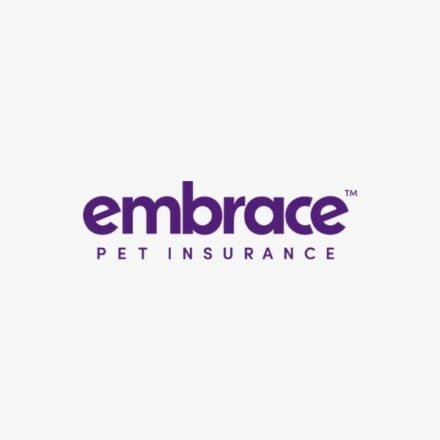
- Premium reduces by $50 per year if no claims are made
- Covers curable pre-existing conditions, dependent on evaluation
- Exam fees included in all policies
- Offers coverage for behavioral therapy and training
- Dental treatment included
Healthy Paws
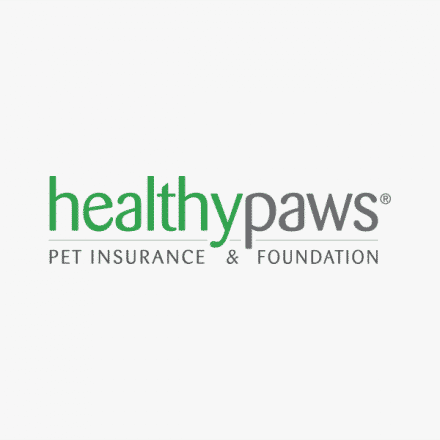
- Unlimited annual and lifetime payouts for all plans
- Fastest claim payout, on average, compared to others
- Excellent value and competitive price
- High customer satisfaction ratings
Lemonade

- AI-driven claims process
- Not available in every U.S. state
- Ability to bundle with homeowners or renters insurance policies
- Optional wellness coverage
How To Save Money
Some Cav parents can save money on insurance policies if the following circumstances are met.
Pay Annually
Most insurance companies offer two ways of paying your premiums, either monthly or annually. In many cases, transaction fees are added to your bill if you choose the monthly payment option. Therefore, you can minimize or avoid these altogether if you pay your premium annually.
Multi-Pet Discount
Many pet insurers offer multi-pet discounts for pet owners who take out several policies for their household’s dogs and cats. You could get up to a 10% discount on each pet’s insurance, amounting to significant savings.
Final Thoughts
As you can see, investing in pet insurance for your Cavalier is frequently worthwhile. The premium often deters pet parents. But when you consider the costs associated with common non-routine vet bills for the breed, you realize it can be a more budget-friendly option. Not to mention the peace of mind that comes with knowing you’ll never be faced with choosing between your wallet and your best friend’s health or life.
Remember to read the fine print to understand the coverage and limitations before you sign up, no matter which policy you are considering. If you’re unsure about something or have questions, give the pet insurance company a call or speak with your vet.





